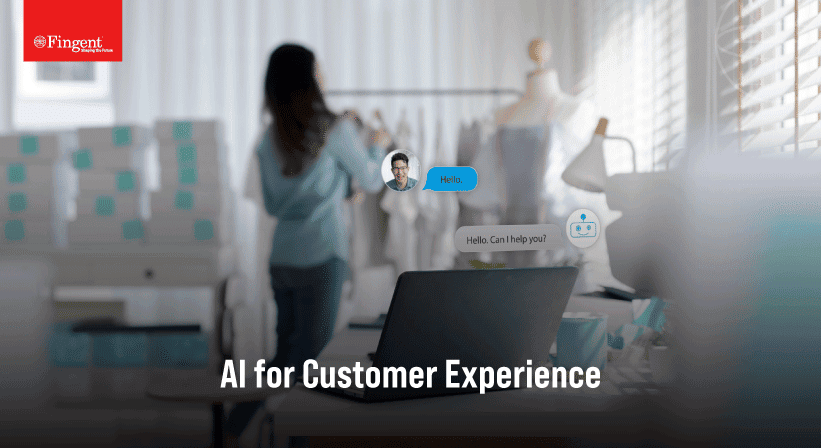E-commerce Trends: Modern Consumer Shopping Habits
The future expects to witness the e-commerce revenues to go up to $460+ billion. With the expansion of e-commerce in the recent years, it is also expected that there will be more competition in the e-commerce market. As per the recent survey, it has been found out that 67% of the millennials and 56% of Gen Xers prefer online shopping rather than in-store shopping. There are specific trends that have been observed with respect to e-commerce in the upcoming year.
Omni-Platform & Omni-Device
With the advent and expansion of Internet of Things (IoT), the consumers are making a shift towards integrated platforms and devices. The e-commerce applications will also be required to integrate to deal with the competition in future. Currently, around 85% of the online shoppers begin with their shopping on one device/platform and end it on a different device.
Faster Delivery
With the increase in online sales and competition, the brands can gain a competitive edge with faster shipments and deliveries. The e-commerce companies will be required to look out for more fulfillment options in the coming days with enhanced shipping cut-off times.

Use of Augmented Reality
Technology is witnessing modifications and advancements at a rapid rate. The use of Augmented Reality (AR) is the next big thing that will have an impact on the e-commerce industry as well. There are applications, such as Snapchat that have already started with the use of AR in their services. The e-commerce applications are sure to search for the measures to integrate their functionalities with AR.
Video Content
It is estimated that video will comprise of 80% of all online consumer Internet traffic by the end of 2020. Videos have the power to increase the purchase intent by 97% and can also boost the click-through rates by another 200-300%. The use of live videos will be in-trend to improve customer engagement.
Voice Search & Purchases
There are approximately 40% of the millennials that have used voice search to make a purchase. This number will further increase in the next few years. The e-commerce applications will be required to make their content compatible with the common user queries and terms used for purchasing.
In addition to this, the analysis is also carried out to understand these trends on the basis of different factors and parameters.
Trends by Gender
It has been recorded that both men and women spend five hours per week on online shopping with the percentage of men shoppers higher by 28%. The marketplaces have managed to attract 56% of women and 52% of male shoppers while the percentage is almost equal in case of large retailer sites with 75% men and 74% women shoppers. 40% women have used category specific online stores while the percentage in this section is 31% for men.
Trends by Parental Status
Online shopping engages parents for 7 hours per week while the duration is 4 hours for non-parents. There is also a difference in the budget for parents and non-parents as it has been recorded 40% and 34% respectively. 49% parents have stated that they cannot imagine their world without online shopping.
Trends by City-size
The percentage and budget allocated to online shopping are in the decreasing order in large/mid-size metropolitan areas, suburban areas and rural areas. Americans have scored the top rank in the expenditure made on online shopping. 63% of suburban shoppers do not prefer to pay shipping costs and online privacy is the major cause of concern for 38% of rural shoppers.
Trends by Types of Online Goods
Large retailers have succeeded in engaging 60% of the online shoppers for the purchase of clothing, shoes, and accessories. Shoppers prefer to stick to the marketplaces for the purchase of computer or electronic goods as the percentage recorded in this area is 43%. Marketplaces have also managed to attract 55% of the shoppers for the purchase of books, movies, and music. 28% category-specific online stores have been used for the purchase of flowers and goods.
Social media has played an influential and significant role in the purchasing trends of buyers. Market analysts can use the data from social media platforms to predict customer preferences and choices for the year to gain and maintain a competitive advantage.
Stay up to date on what's new

Recommended Posts

30 Jul 2023 B2B
SAP Customer Experience: Creating Seamless Omni-Channel Experiences
Businesses find themselves at a critical juncture as customer expectations soar and their loyalty hangs by a thread. The key to captivating and retaining customers lies in mastering the art……

11 May 2023 B2B
Boosting Customer Experience with AI
“A simple rule: always give people more than they expect.” - Nelson Boswell The cycle of business starts and ends with customers. Keeping them satisfied and happy is the……

14 Feb 2023 B2B
How AI and ML Are Reshaping Customer Experiences
No longer the stuff of science fiction, artificial intelligence (AI) and machine learning (ML) are revolutionizing the way customers interact with brands. Businesses that have embraced these technologies can reshape……

24 Oct 2022 B2B
Providing Seamless Customer Experience with Technology
Customer Experience – Two words that could make or break your business. Today, customers expect businesses to provide nothing short of an excellent customer experience whenever and however they shop.……
Featured Blogs
Stay up to date on
what's new















 US
US Insurance
Insurance









































